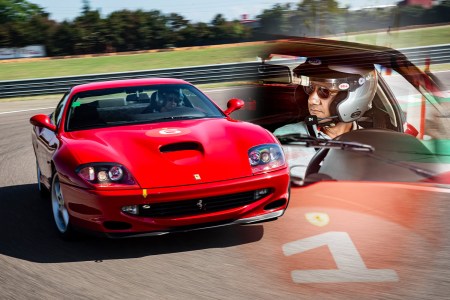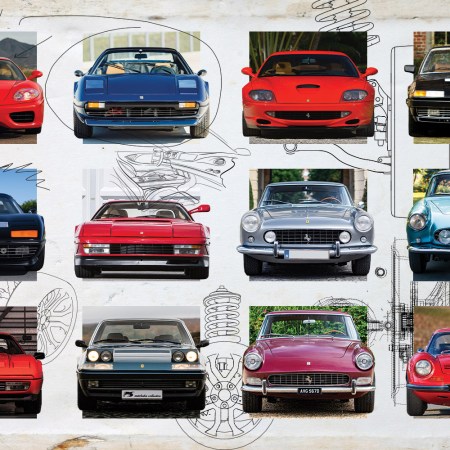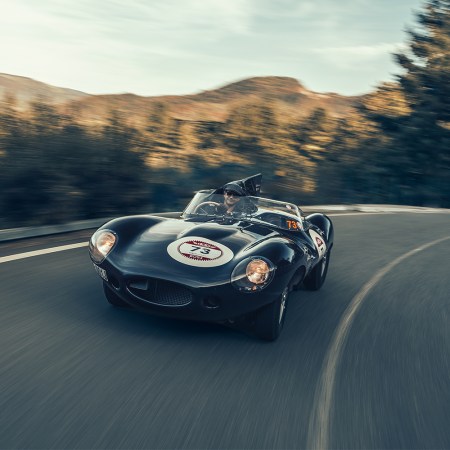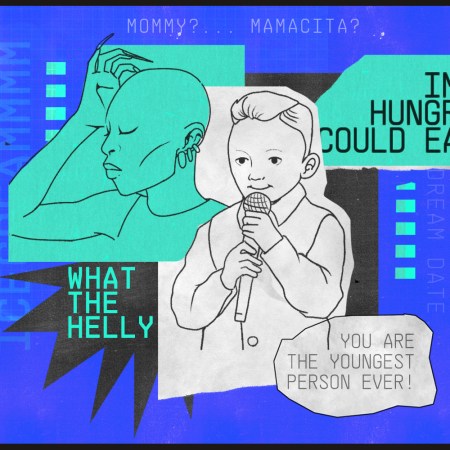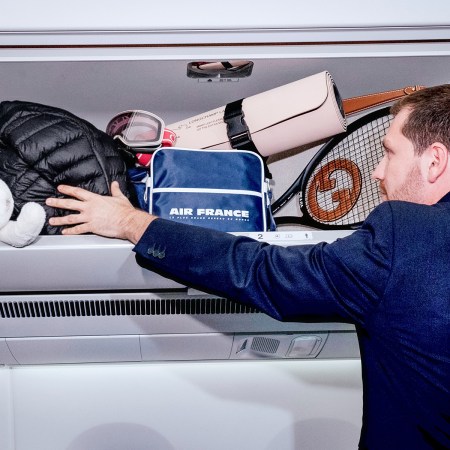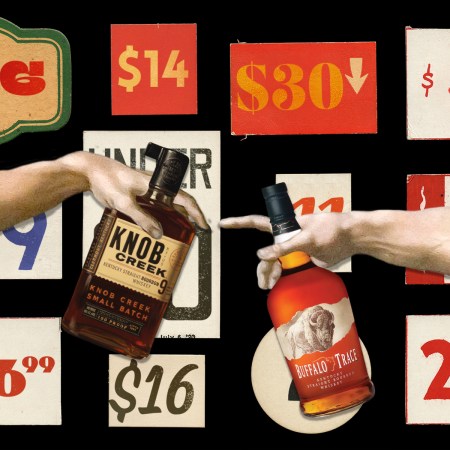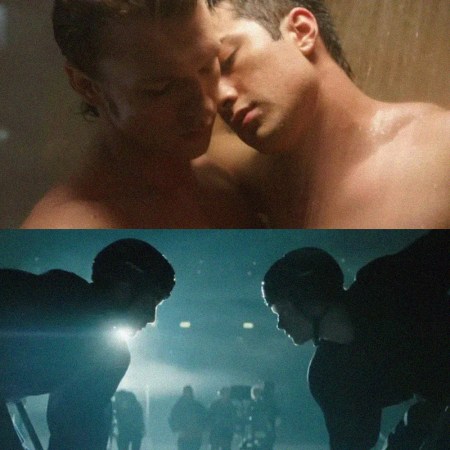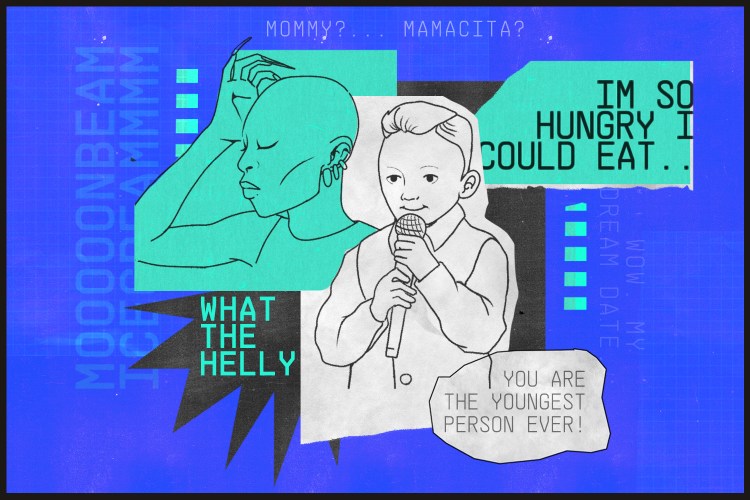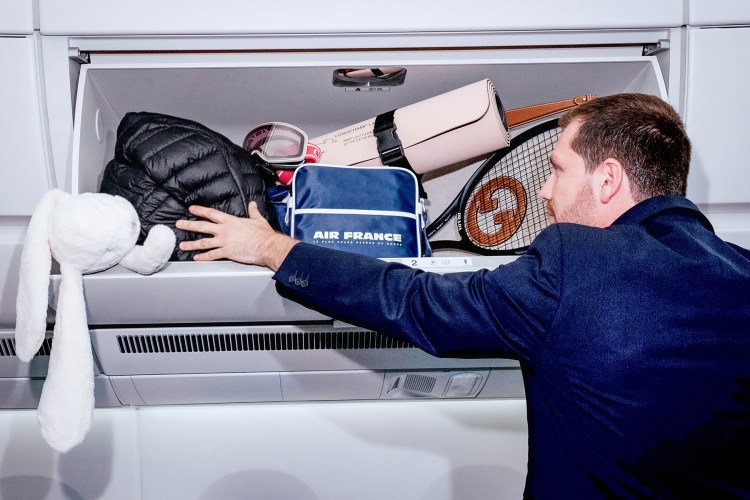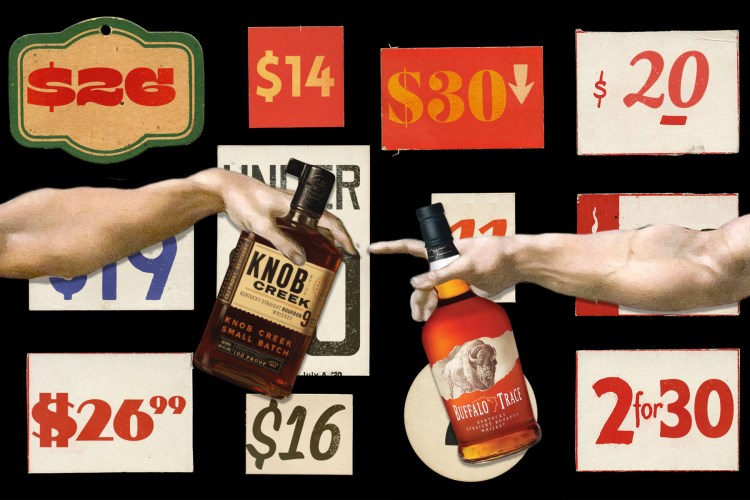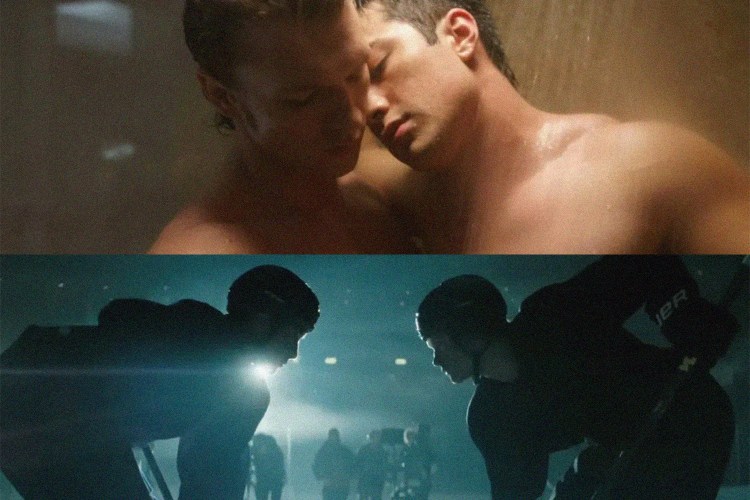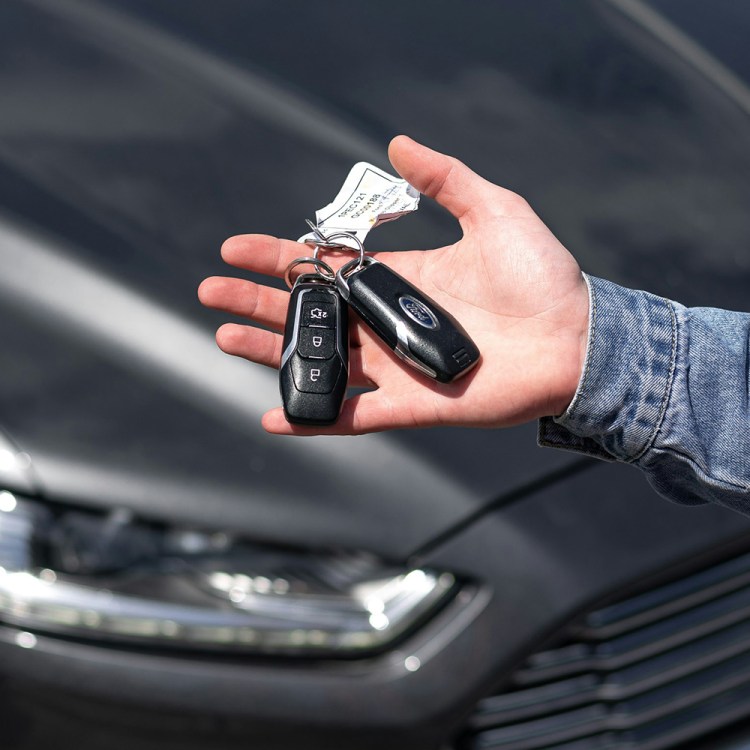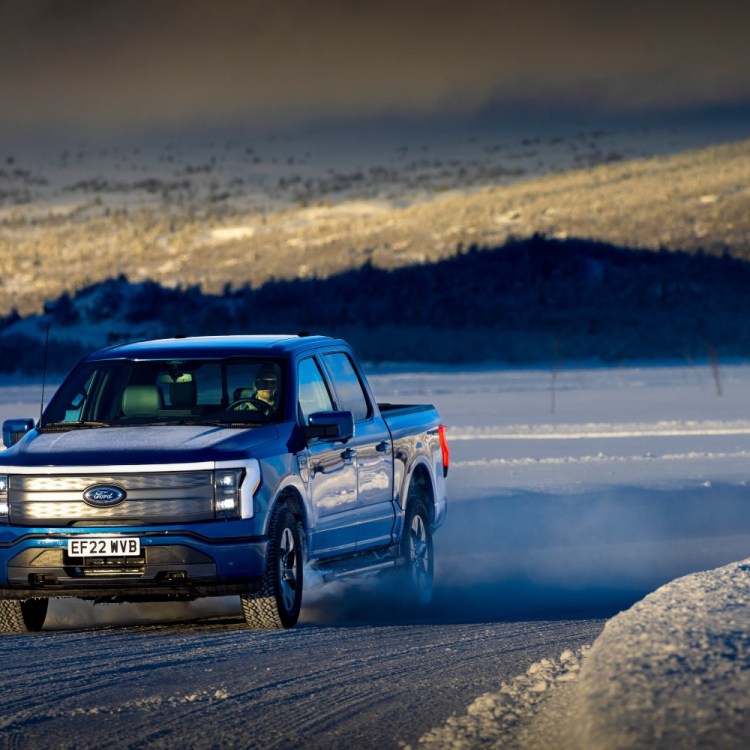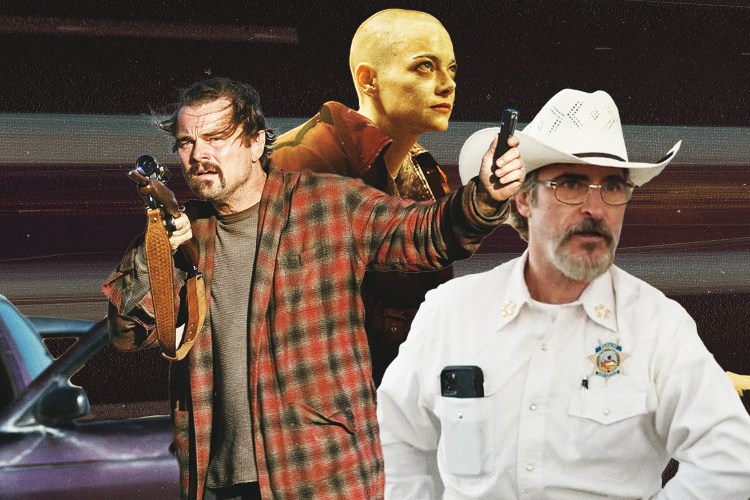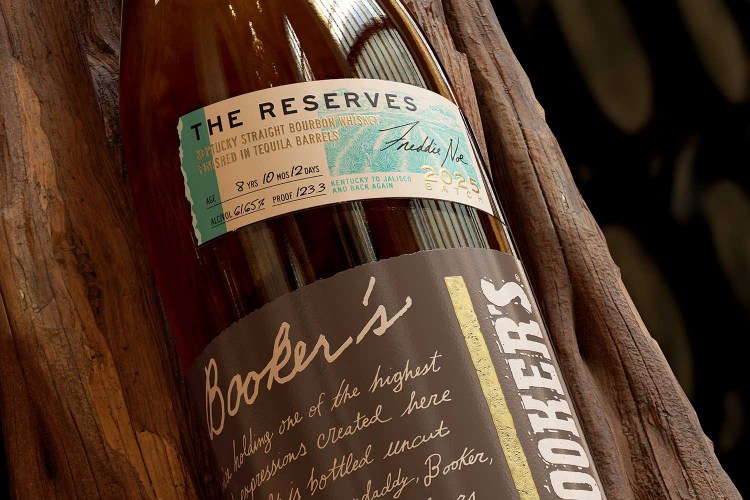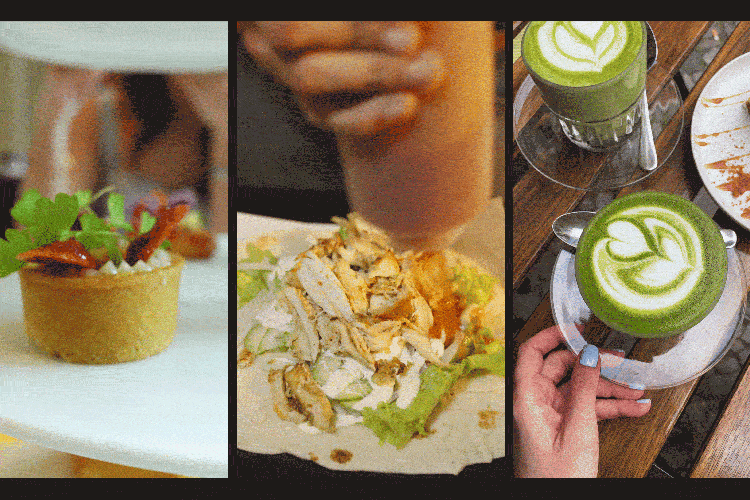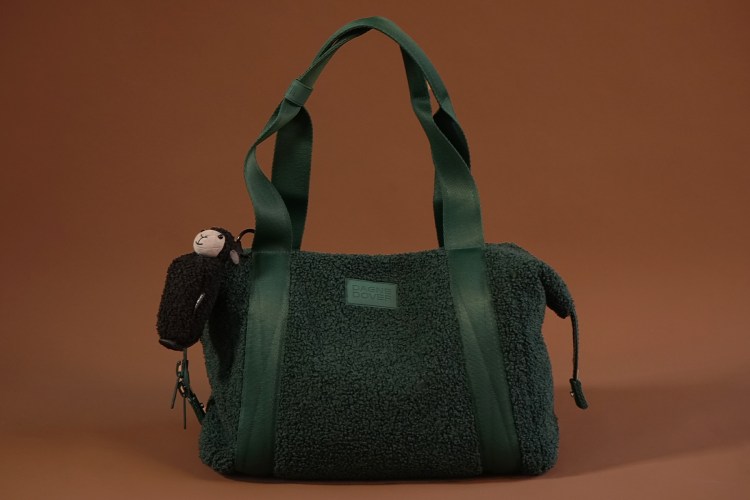For some gearheads, it all starts with Hot Wheels. I can trace my own automotive obsession to a fleet of die-cast cars I frequently laid out and examined like a Homeric catalog of ships. But my favorite was a 1/24-scale Ferrari 512 BB. You could almost get an action figure behind the wheel. In my imaginary world, Luke Skywalker ditched his Landspeeder for a classic Pininfarina design.
So I was personally shocked to learn that, until recently, Hot Wheels hadn’t made a mini Ferrari of their own since 2015. For undisclosed reasons, the two companies had let their licensing agreements lapse, leaving an entire generation of kids denied miniature SF90s, F8s, classic Testarossas and my beloved Berlinetta Boxers. But a decade later, the two automotive giants have restored their relationship and started churning out new designs for kids and adult collectors alike.
Ted Wu sees it as a bit of a coming home. “Honestly, Ferrari is just such a huge brand and we pride ourselves in working with every OEM, so something felt missing,” says Wu, who is the senior vice president and global head of design for vehicles and building sets at Mattel, the parent company of Hot Wheels. “It’s a nice reunion for the two brands that, as we’ve said, are iconic.”
The new Ferrari Hot Wheels collection will feature a variety of vehicles at different price points, but it all kicks off with a coveted set of two limited-edition, 1:64-scale die-cast cars: the Ferrari 312 P, a reissue of the Hot Wheels brand’s first-ever Ferrari model; and a 499P Modificata, the car that won the 2023 editing of the 24 Hours of Le Mans. Both get silver-plated red Spectraflame paint and next-level detailing, from smoke-tinted windows to a functional engine cover — truly tiny works of art.

Contrary to popular belief, these miniature rolling sculptures aren’t easy to create. “Folks think you just take the 3D data and shrink it down 64 times,” says Wu. “Obviously if that were the case, it would be a lot easier. But the goal is to figure out the ethos of the car, what makes that car amazing, and then translate it into that smaller scale.”
The designers use different visual tricks to make the replicas seem more authentic, even though some dimensions or angles might be exaggerated. “It’s different for every car. We may push or pull,” he says. “Maybe we make the wheels a little bigger here or the car a little wider there.” The goal is for very little to get lost in translation as your eyes read the diminutive versions.
After a 10-year pause in their partnership, there appears to be pent-up demand: Despite a price tag of $100 and a limit of one per customer, the first set is already sold out. But more affordable (and kid-friendly) models are coming soon. In June, Hot Wheels is set to drop a remote-controlled version of the Ferrari SF90 Stradale — and yes, it can go loop-de-loop. (If preorders were open, I’d have already plunked down a credit card…for my kids, of course.) A 1:64 version of the legendary 250 GTO will roll into stores in October, riding on a Fiat 642 RN2 Bartoletti transporter (again earning my money). A premium die-cast lineup, more geared toward collectors, will feature staggered releases throughout the year: the 499P Modificata (July), the hybrid LaFerrari (September) and the F1-influenced F50 (November).
Although, the most impactful releases may just be the classic singles, the toy maker’s bread and butter. Like the literal nine billion Hot Wheels that have come before them, these Ferraris are well-made, scale-model toys ready to be used and abused by children on hardwood floors and sandboxes alike. While a real SF90 Stradale will set you back over half a million dollars, kids can get their hands on one of these mini models for $1.25 — and ignite their passion for the Prancing Horse in the process.
“I think there’s an argument that there’s a generation of kids who are not as familiar with Ferrari because it has not existed in the Hot Wheels world,” Wu says. “I think it’s great that we can help bring Ferrari fans in earlier and sort of share that joy with kids.”

What is Ferrari’s rationale for rekindling this partnership? They simply won’t say. Maranello is notoriously guarded and refused to answer any questions regarding the collaboration. But for a brand that declared profits of €1.9 billion on €6.7 billion in revenue for 2024, royalties on $1.25 toys likely don’t move the needle much beyond a low idle. If I’m speculating — and I am — there’s more to their motivation than just a licensing fee.
To be sure, given Ferrari’s fashion line, amusement parks and product collaborations with companies like Montblanc and Bang & Olufsen, it could be another branding exercise to keep the Italian automaker front and center in the cultural zeitgeist. After all, Hot Wheels is the number-one toy in the world and coming off its seventh consecutive best year ever. The brand produces more than 22 cars a second. That means they can eclipse Ferrari’s 13,752 annual units in a little over 10 minutes, and entice an order of magnitude more eyeballs to stare longingly at the pride of Maranello. Perhaps what Ferrari is unwilling to say is that this is all part of a long-term customer acquisition strategy.
“Certainly the short-term play is the licensing fee that you get, but long term, it does create brand appeal to younger customers very, very early,” says Keith Niedermeier, clinical professor of marketing and director of the Center for Brand Leadership at Indiana University’s Kelley School of Business. “It gets kids interested in cars. It makes them brand aware and certainly could create an affinity that lasts into adulthood when they actually seek out buying one of the actual cars later in life.”
Professor Niedermeier is not affiliated with Ferrari, so he doesn’t know the brand’s motivation, but he says, “As a general rule, marketers love to appeal to kids because you are potentially creating lifetime value and you’re building brand affinity and brand loyalty very early.” For kids who gravitate toward toy cars, glomming onto these new Hot Wheels could take them for a longer ride in the Ferrari ecosystem.
“Toys are a way for children (and I guess adults) to go into a fantasy world and play pretend,” says Barry Kudrowitz, professor of product design at the University of Minnesota and the author of Sparking Creativity: How Play and Humor Fuel Innovation. “You get to learn what you like as a kid and that shapes who you are as an adult.”
“You’re so formative, I think it’s very possible to become infatuated with cars starting at a young age,” Wu says. Asked what his favorite toy model was as a kid, the Hot Wheels design chief instantly names a Porsche 964. “It was red with a yellow stripe,” he says. Today, his adult garage houses a Porsche 911 Carrera T.
A Day at Corso Pilota Classiche, Ferrari’s Classic Driving School
The instructional program, hosted at the Fiorano Circuit in Italy, grants access to some of the sexiest sports cars in their archiveNot everyone who owns a toy Ferrari (or Porsche) in their youth will be able to buy a supercar as an adult. Obviously, price is a substantial barrier — a base Roma, the most affordable car currently offered by Ferrari, has an MSRP of around $243,000 (the reason I don’t own one). Plus, Maranello only produces modest quantities; fewer than 14,000 people worldwide received a dealer allocation in 2024. But teasing the youth with incredible power, dynamic performance and stunning design seems an intuitive strategy to inspire a future well-heeled customer to walk into a showroom decades later.
One who did? Canadian real-estate magnate Luc Poirier, who now owns one of the most complete Ferrari collections in North America, including the LaFerrari Aperta, Enzo, F50, F40 and 288 GTO. He began collecting toy cars as a kid, not Hot Wheels specifically, but larger-scale models. “These models definitely played a role in shaping my passion for cars,” Poirier says. “I would spend hours studying them, imagining what it would be like to drive the real thing.“
Alongside his stable of around 40 Ferraris, Poirier still owns some of his childhood toys and continues collecting scale models. “They’re more than just objects — they’re symbols of the journey,” he says, “and reminders of the dreams that started early on.”
Of course, correlation is not causality, and according to Niedermeier, there is very little research on the connection between toy cars and automotive passion or purchases later in life. “It’s really difficult to track what the attribution is for marketing efforts when buying a car, because it’s such a long process,” he says. “I think certainly getting kids connected to those brands and those models early through toys could be a primary vehicle for doing that. No pun intended.”
But Poirier’s entrepreneurial instincts tell him Maranello and others use childhood totems to captivate kids’ imaginations for the long haul.
“I do believe brands like Ferrari understand how powerful these connections can be,” he says. “A model car can spark a lifelong fascination. It’s a subtle but effective way of building a relationship with a future enthusiast or collector.”
This article appeared in an InsideHook newsletter. Sign up for free to get more on travel, wellness, style, drinking, and culture.

